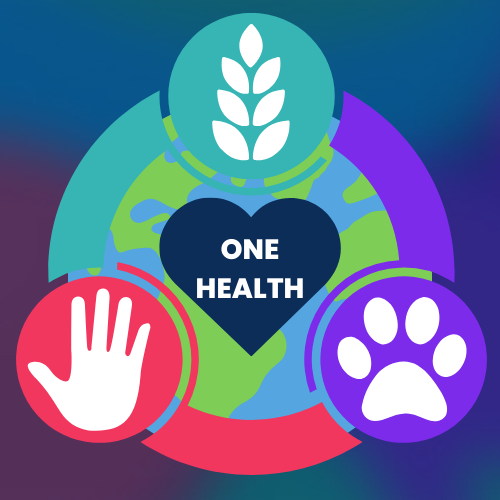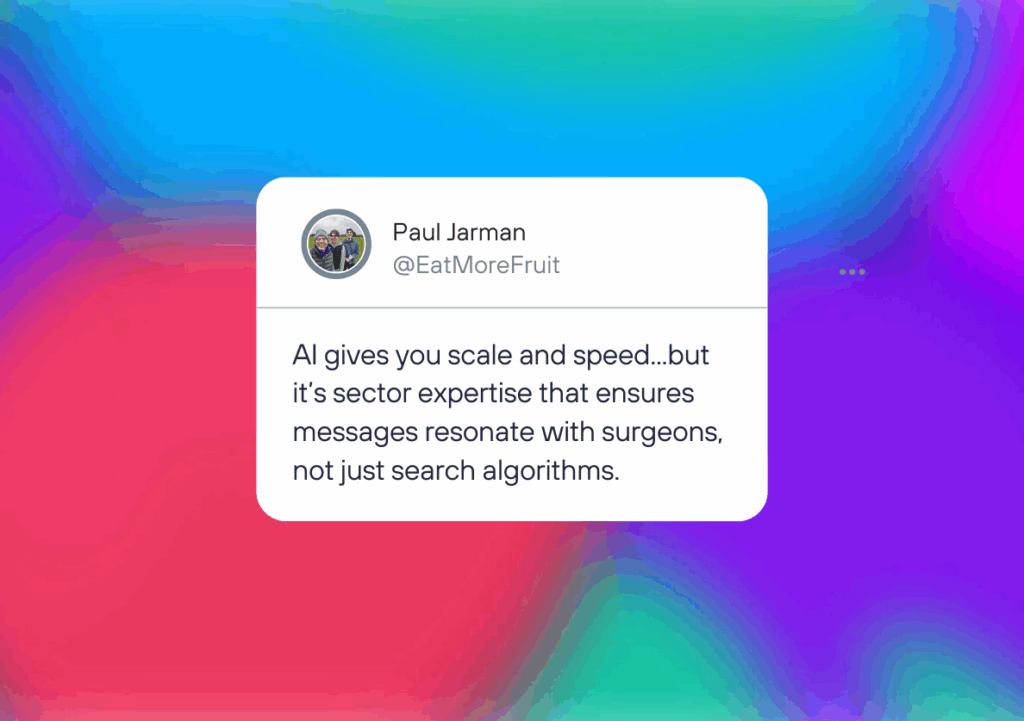In the last few years, the world has been reminded—again and again—that the sum of our personal and collective health is affected by a multitude of external and existential threats. Pandemics, antibiotic resistance, food insecurity, and climate-related health threats have clearly shown just how interconnected our systems really are.
We’ve seen extraordinary investments in science and technology. We’ve made significant advances in medicine, diagnostics, and digital health.
But something is still missing…
As we look to build more resilient health systems, we must ask ourselves:
Are we putting enough emphasis on how health is governed?
One Health… more than just a framework. It’s a new way of thinking
The idea of One Health—the symbiotic relationship of human, animal, and environmental health—is not new. But it’s never been more relevant.
It’s a practical, science-based approach for understanding and responding to the complex health challenges we face. But yet, in many places, One Health is still considered as an ‘approach’, open the vagaries of interpretation, rather than an operational system in itself.
Perhaps the thing that is holding us back in the face of obesity, diabetes, cancers, and potential future pandemics isn’t a lack of knowledge or commitment. It’s a gap in governance.
Where the real challenge lies
EatMoreFruit attended a recent global meeting launching the Quadripartite Community of Practice on One Health Governance, where leaders and experts from around the world and organisations such as the Food and Agriculture Organization (FAO), United Nations Environment Programme (UNEP), World Health Organization (WHO), and the World Organisation for Animal Health (WOAH), came together to discuss and reflect on this very question:
What’s needed to turn shared understanding into coordinated action?
One of the most revealing insights was that only 30% of countries have functioning coordination mechanisms to support One Health governance. Meaning most are still operating in silos—health, agriculture, environment—each working toward similar goals, but rarely in sync.
This fragmentation creates an environment where duplication, delays, and missed opportunities are ever present, but more importantly, it means we risk addressing the root cause(s)of this issue by only addressing the symptoms.
covering. On Instagram, photos of real bodies and symptoms are censored, and medical accounts are suspended.
What does effective governance really mean?
One challenge that stood out from the discussions was that governance is often misunderstood as something bureaucratic or technical. But if we unravel the layers to expose its core, governance is about how we make decisions, who is involved, and how accountability is shared.
It determines:
- How quickly sectors can respond to emerging threats
- Whether national health strategies truly reflect the interconnected nature of health risks
- How communities are engaged, resourced, and empowered to address systemic challenges
- Whether science is translated into policy – and policy into action.
Strong governance isn’t just about creating new structures. It’s about aligning the ones we already have, which requires political will, institutional clarity, legal frameworks, sustainable financing mechanisms, and inclusive dialogue.
Building a community of action together
The newly formed Community of Practice on One Health Governance is designed to address these challenges head-on.
It brings together:
- Policymakers and technical experts
- Legal and institutional specialists
- Civil society and Indigenous voices
- Academia, non-governmental organisations (NGOs), and multilateral organisations.
The aim? To move beyond just discussions and start co-creating practical governance models that can be adapted across different contexts.
Some of the examples showcased during the launch were from Bhutan, the African Union, the European Commission, and community-based efforts in Australia and Gabon, showing that solutions are possible—even in resource-constrained settings.
What this means for healthcare leaders
If you work in healthcare, at any level, take a moment to reflect on your role in the broader system.
Ask yourself:
- Do our strategies acknowledge the full ecosystem of health?
- Are we partnering across sectors to strengthen preparedness and resilience?
- Are we investing in governance as part of our health infrastructure?
- Do our policies create space for equity, inclusion, and community leadership?
Can we really afford to respond in siloes if the future of healthcare depends on how well we collaborate—across sectors, borders, and disciplines?
Governance as the strategic imperative
There is no silver bullet to solving all of today’s global health challenges. But we do have tools that work -when they’re supported by governance that connects systems, empowers people, and sustains momentum.
Whether it’s tackling antimicrobial resistance, preparing for the next pandemic, or building more climate-resilient health systems, governance is not a technical afterthought…It’s a strategic imperative.
It’s how we turn good intentions into meaningful outcomes.
So, what’s the call to action?
Collectively, we are increasingly being asked to think differently – outside the box – and to act more deliberately.
To recognise that in complex systems, no one sector, institution, or discipline can go it alone.
The Community of Practice on One Health Governance is one response to that call, but it will only succeed if more of us step forward to lead, to learn, and to share.
The future of healthcare won’t just be shaped solely by innovation in medicine. It will be forged out of the strength, inclusivity, and adaptability of the systems we build around it. All of which begin with governance.





